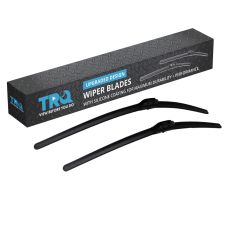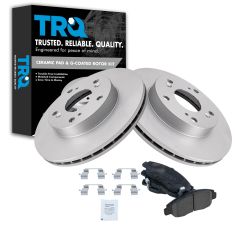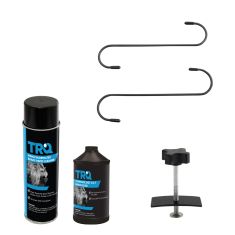1ABFS12049-Honda Civic Front Ceramic Premium G-Coated Brake Pad & Rotor Kit TRQ BKA24074



Replaces
2006 Honda Civic LX Front Ceramic Premium G-Coated Brake Pad & Rotor Kit TRQ BKA24074


Recommended for your 2006 Honda Civic
Frequently bought together
Product Reviews
Loading reviews
Customer Q&A
No questions have been asked about this item.
Honda is a registered trademark of Honda Motor Co., Ltd. 1A Auto is not affiliated with or sponsored by Honda or Honda Motor Co., Ltd.
See all trademarks.













